Steph Hatt
March 22, 2019
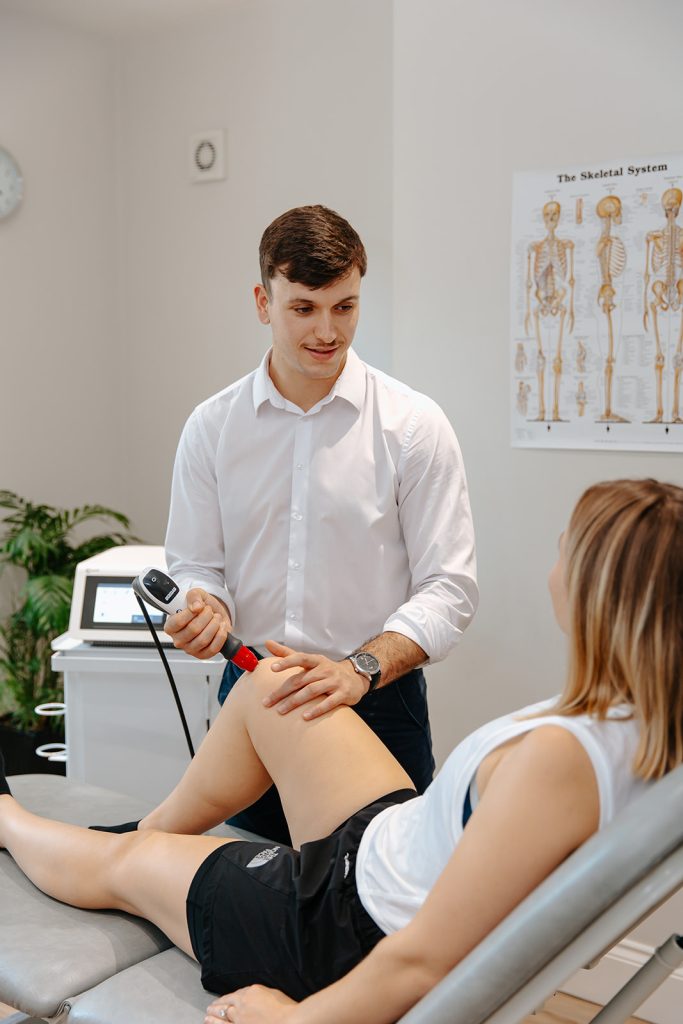
KNEE PHYSIOTHERAPY
Are you tired of dealing with nagging knee pain that limits your activities and quality of life?
Our experienced knee physiotherapy team are here to help you find relief and get you back on your feet!
Whether you’re recovering from an injury, struggling with chronic pain, or seeking to prevent further damage, our physio for knee pain is tailored to address your specific needs.
Are you:
Ready to take the first step toward pain-free living and improved mobility?
Book your knee physio appointment today and discover the difference our knee clinic can make in your life.
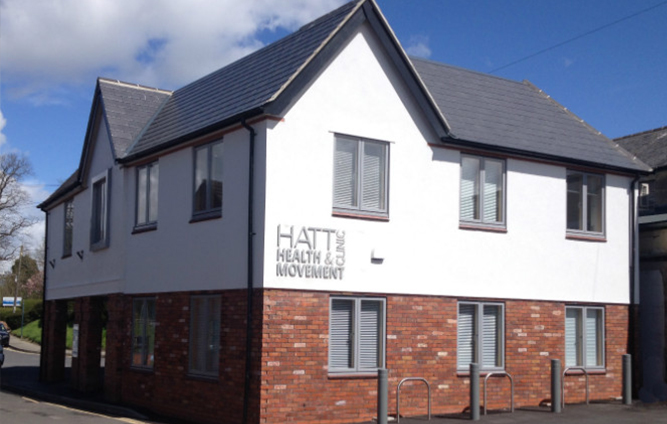
Find knee physio at our Devizes clinic in Couch Lane.

Find knee physio at our Frome clinic in Wallbridge.
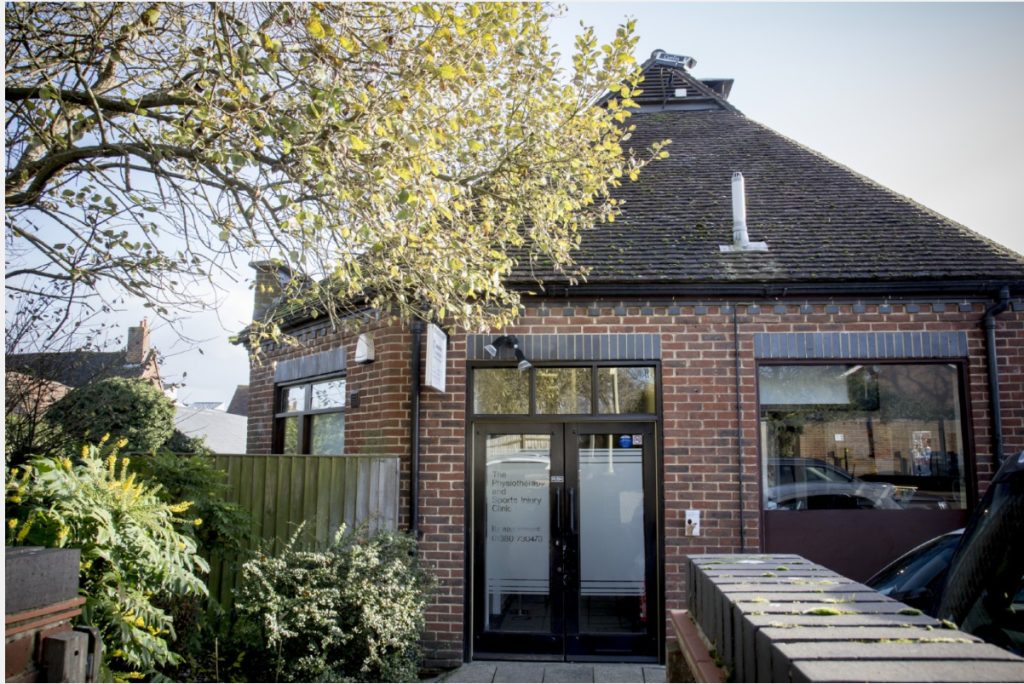
Find knee physio at our Marlborough clinic in Hughenden Yard.
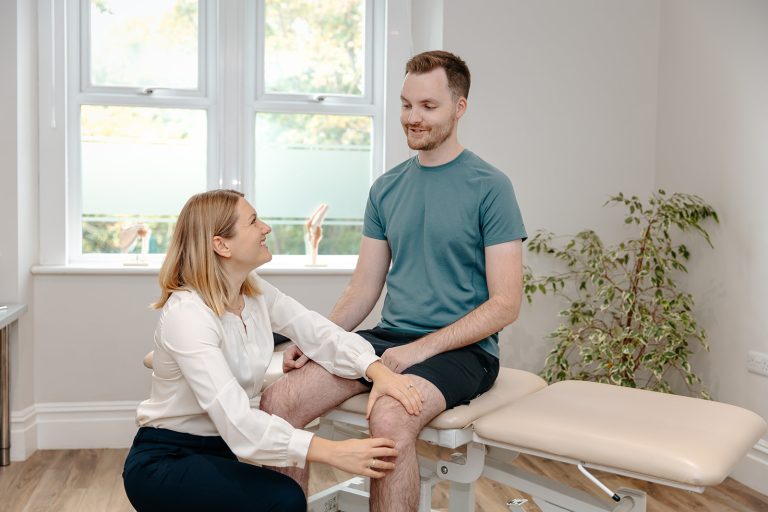
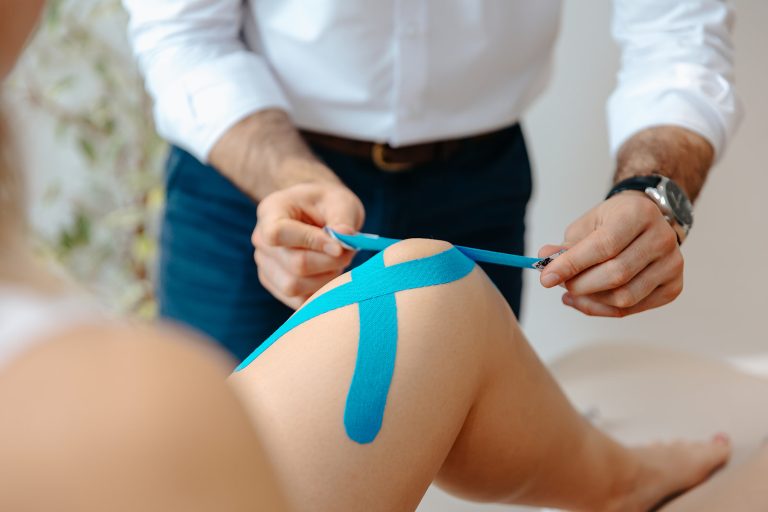
Knee pain can affect anyone at any stage in life but has the highest prevalence in older adults, athletes, or overweight individuals.
Knee pain can either be directly related to the integrity of the joint and supporting structures or be a result of problems elsewhere that place abnormal pressure on the knee joint. Common knee injuries include:
Find out more about our treatment options that can help with knee pain:
We’ll start by understanding your medical history
We’ll conduct a thorough assessment and get to the root cause of your knee pain
You’ll receive hands on treatment to relieve your pain and inflammation
We’ll put together a personalised treatment plan to manage your pain and promote a speedy recovery
You’ll receive ongoing support from our team to resolve your knee pain and prevent future injuries



Knee pain can be caused by a variety of factors, including arthritis, injuries, overuse, tendonitis, bursitis, and other conditions. Some common causes of knee pain include osteoarthritis, rheumatoid arthritis, meniscus tears, ligament injuries (such as ACL tears), patellar tendonitis, bursitis, and patellofemoral pain syndrome.
This is known as referred pain, where pain experienced in one part of the body is felt in another part. Arthritic knee pain can sometimes be felt in the thigh, calf, or even the foot.
Sciatica can indeed cause knee pain. The sciatic nerve runs from the lower back down through the buttocks and into the legs, so when it becomes inflamed or irritated, it can send pain signals not only down the leg but also into the knee. This knee pain may feel sharp, shooting, or even like a dull ache.
There are several ways to relieve pain from the knee, such as:
– Resting the knee and avoiding activities that worsen the pain
– Applying ice to the knee for 15-20 minutes at a time to reduce swelling
– Using a knee brace or wrap
– Elevating the knee above the heart
– Taking medications such as ibuprofen
– Working with a Physiotherapist
– Applying heat to the knee to relax muscles and alleviate stiffness
– Doing low-impact exercises, such as swimming or cycling
– Maintaining a healthy weight
Knee pain can happen without injury through overuse, such as repetitive motions or activities. These can strain the knee joint and surrounding muscles over time, leading to discomfort. Degenerative conditions like osteoarthritis can also cause gradual breakdown of cartilage within the knee, resulting in pain, stiffness, and swelling.
This is often due to mechanical issues such as misalignment or muscle imbalances which contribute to abnormal joint mechanics – placing abnormal pressure on the joint or altering movement patterns. Obesity, joint inflammation, meniscal tears, bursitis, and patellofemoral pain syndrome can further exacerbate discomfort.
To reduce knee pain while walking, you can try the following tips:
– Ensure you have proper footwear with good support and cushioning
– Use orthotic inserts to provide additional support and alignment for your knees
– Maintain a healthy weight to reduce the strain on your knees
– Strengthen the muscles around your knees, such as your quadriceps and hamstrings, through exercises like squats and lunges
– Use proper walking techniques, such as keeping your knees slightly bent and your stride in alignment with your hips
– Apply ice to the affected knee after walking to reduce inflammation and pain
– Consider using knee braces or supports for added stability
Cycling is generally considered to be a low-impact exercise that can be beneficial for those with knee pain. It can help improve cardiovascular fitness, strengthen the muscles around the knee joint, and increase flexibility. Ensure that your bike is properly fitted to your body to minimise strain on your knees. It is also recommended to start slowly and gradually increase intensity to avoid exacerbating knee pain.
To prevent knee pain when running, it’s important to follow these tips:
– Wear proper running shoes that provide good support and cushioning.
– Warm up before running with dynamic stretches
– Improve your running form and technique to reduce stress
– Gradually increase your mileage and intensity to avoid overuse injuries.
– Strengthen your leg muscles, particularly your quadriceps and hamstrings
– Incorporate cross-training activities like swimming or cycling
– Listen to your body and rest if you feel pain or discomfort
Pain behind the knee can be caused by various reasons, such as:
– Strain or injury to the hamstring muscles
– Bursitis
– Baker’s cyst
– Ligament injury
– Arthritis
– Meniscus tear
– Popliteal artery entrapment syndrome
– Deep vein thrombosis
When you have an issue with your knee, it can lead to changes in your gait or posture, which can then put extra strain on your hips. This can result in hip pain or discomfort.
For acute knee pain, such as a recent injury, cold therapy (icing) is generally recommended to reduce swelling and inflammation. It can also help numb the area and provide pain relief. On the other hand, for chronic knee pain, heat therapy can help relax muscles, improve blood flow, and alleviate stiffness.
When the knee joint is affected by arthritis, the surrounding muscles can become weakened or imbalanced, leading to pain and discomfort not only in the knee but also in the thigh area.
Tight hamstrings can contribute to knee pain as they can affect the alignment and function of the entire leg. When the hamstrings are tight, they can pull on the muscles and tendons around the knee joint, leading to discomfort and pain. Tight hamstrings can also affect the alignment of the pelvis, which can further impact the knees. Stretching, strengthening, and proper alignment can help alleviate knee pain associated with tight hamstrings.
Swimming is often recommended for people with knee pain because it is a low-impact exercise that is easy on the joints. But not all swimming strokes are created equal when it comes to knee pain relief.
Freestyle and backstroke are generally the best strokes for people with knee pain as they involve minimal bending of the knees. Breaststroke, on the other hand, can put strain on the knees due to the frog-like kicking motion involved.
Depending on the cause of your knee pain, certain exercises may aggravate the condition and worsen the pain. It is recommended to seek guidance from a physiotherapist to determine the best course of action for exercising with knee pain. Low-impact exercises or physiotherapy may be recommended to strengthen the muscles around the knee and improve mobility.